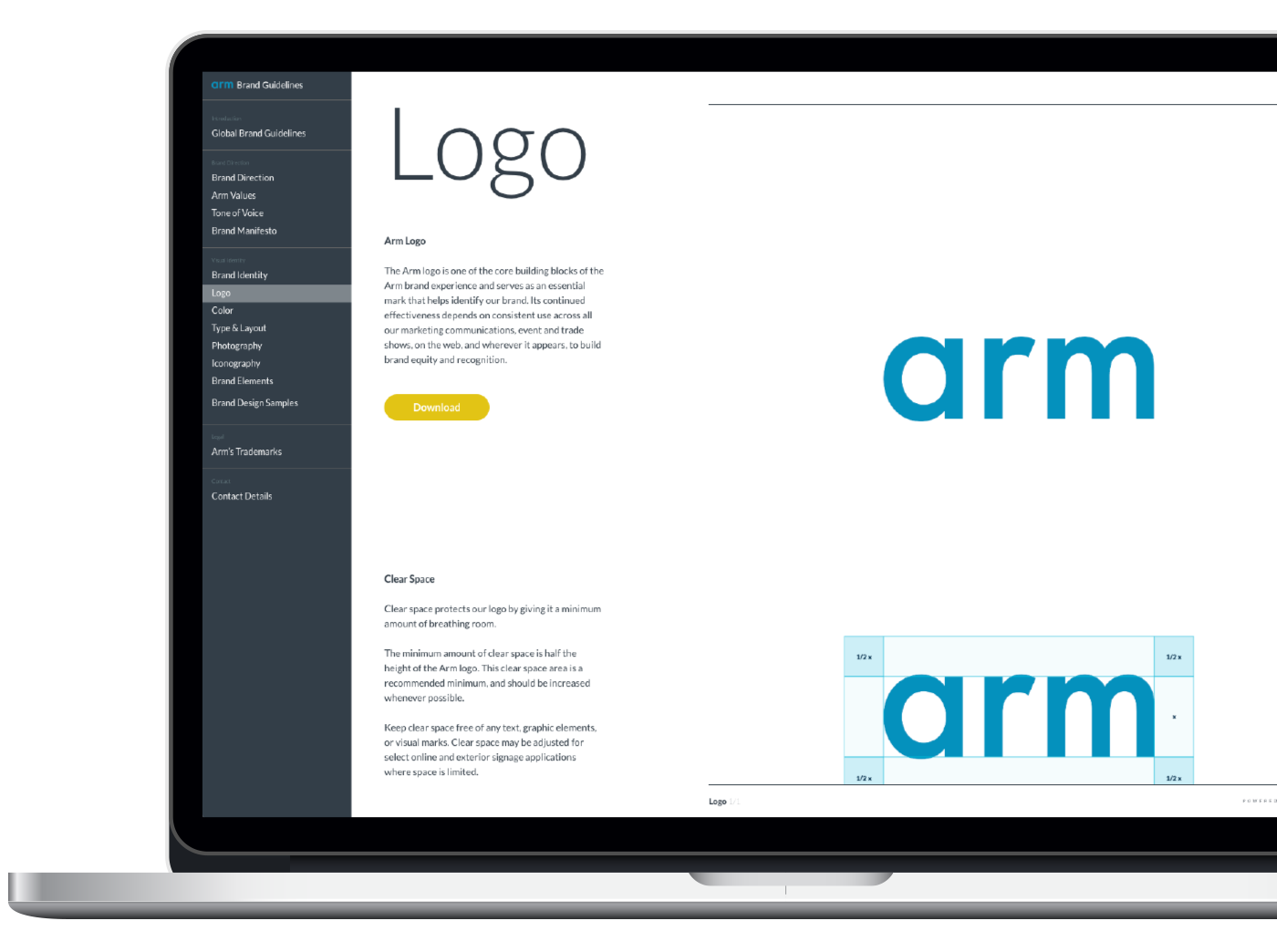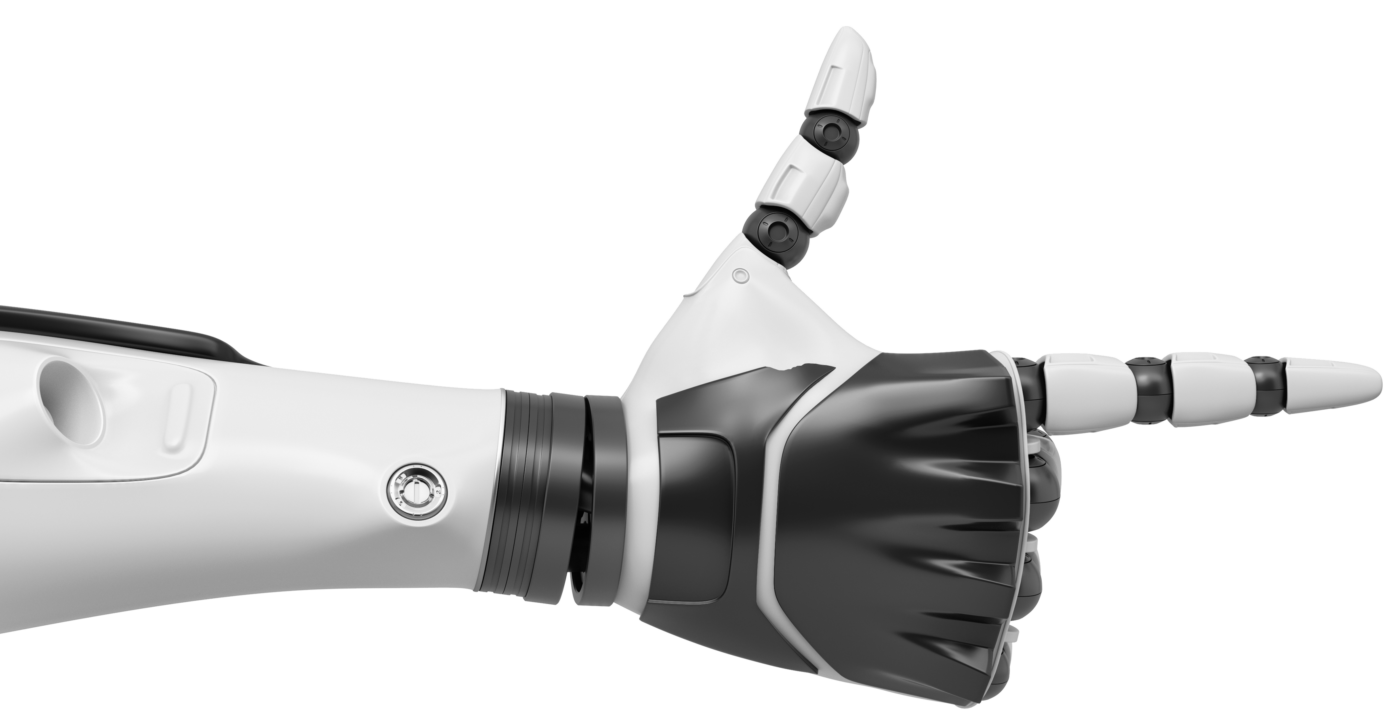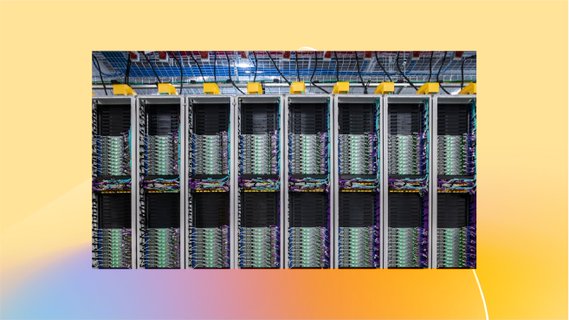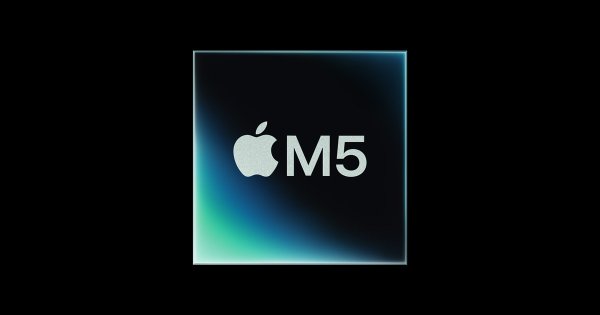What Innovations Did Arm Deliver Between December 2024 and January 2025?

During the recent festive season, Arm continued to be at the forefront of technological innovation, driving advancements across AI, IoT, gaming, and developer tools. From empowering developers at Google DevFest Lagos to unveiling next-generation compilers for safety-critical systems, the Arm Editorial Team has recapped the various innovation highlights and contributions made by Arm between December 2024 and January 2025.
Empowering developers with AI at Google DevFest Lagos
With the Arm compute platform at the heart of all AI experiences, we are empowering developers to build efficient and scalable AI-powered applications. Shola Akinrolie, Senior Manager of the Arm Developer Program, highlights Arm’s participation in Google DevFest Lagos, Africa’s largest developer-focused event, showcasing how various innovations, such as Arm instances on the Google Cloud Platform and AI frameworks like MediaPipe and ExecuTorch, are driving advancements in AI.
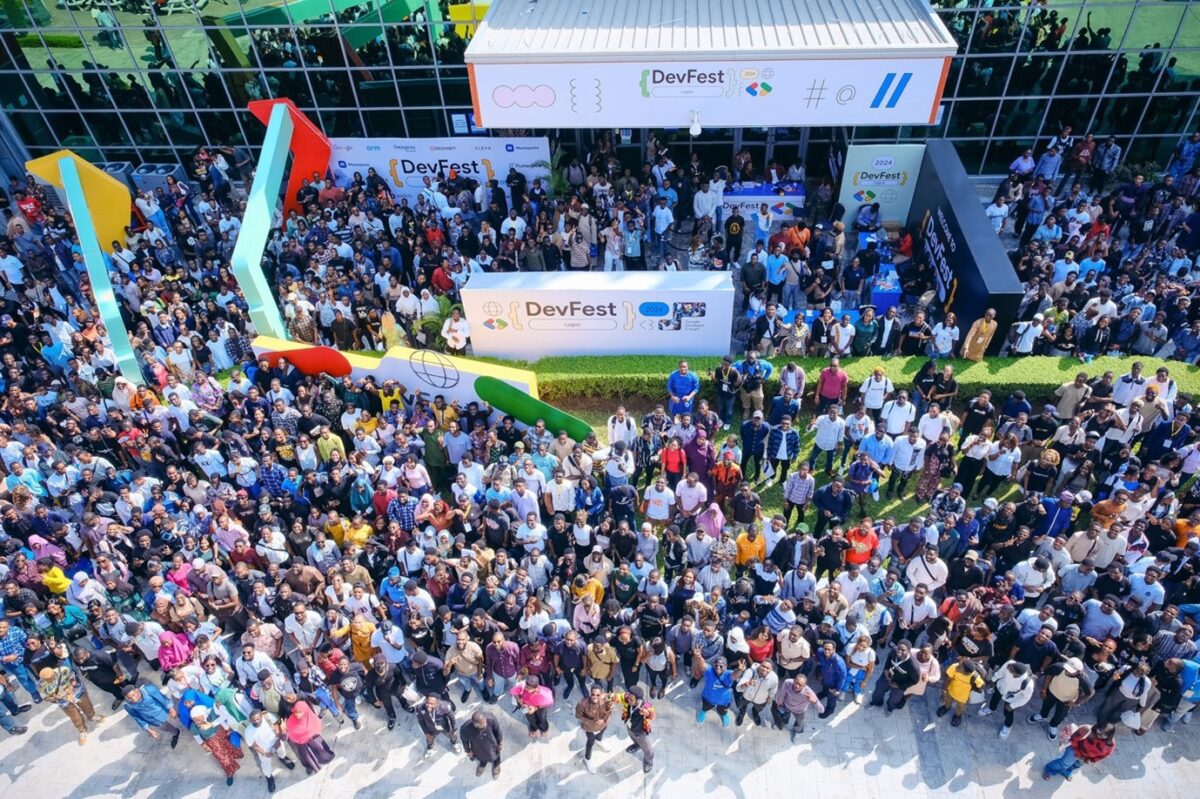
The event featured workshops on building generative AI applications and how to leverage Arm-based servers, demonstrating Arm’s commitment to supporting the developer community with cutting-edge tools and resources.
Building vision-enabled devices to fuel IoT innovations
Many IoT devices today are equipped with vision capabilities that transform how they interact with their environments by allowing them to interpret their surroundings. Diya Soubra, Director, of IoT Solutions, discusses how this advancement enhances device interaction and simplifies implementation for use cases like parking space detection.
Through a combination of various Arm technologies including the Arm Cortex-M85 CPU, Arm Mali-C55 ISP, and Arm Ethos-U85 NPU, the Arm Corstone-320 is playing a critical role in developing secure, AI-capable IoT systems.
Showcasing real-world applications of Arm technology
Developers are using Arm-based platforms to tackle real-world challenges with innovative solutions. Fidel Makatia, a PhD student in Electrical Engineering at Texas A&M University and an Arm Ambassador, recaps the IEEE Arm Community Technothon held at Texas A&M University, where participants showcased innovative projects built on Arm technology.
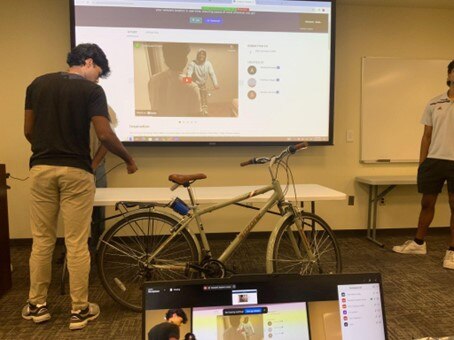
Other highlights include a smart cat feeder using ML algorithms, a 3D printer ecosystem with internet connectivity, and an IoT fridge for remote temperature control.
Arm’s role in enhancing player experiences and game design
A keen use case of AI can be seen in gaming, where the technology is helping enhance player experiences by creating more dynamic and immersive gaming experiences and environments along with improved game design.
Ian Bolton, Staff Developer Relations Manager, explores the future of AI in gaming and explains Arm’s role in making this more advanced gaming experience a reality through processor technologies, which offer the necessary performance and efficiency to support AI-driven innovations in gaming.
Experiencing MKSU Hackfest 2024 through the eyes of an Arm ambassador
Participating in events like the MKSU Hackfest provides developers with valuable insights and hands-on experience with Arm’s tools and resources, enhancing their skills to create innovative solutions in fields like IoT and AI. Nicabed Gathaba K, AI Engineer, and an Arm Ambassador explains how this event empowered students and developers to explore embedded systems, smart solutions, and sustainable tech advancements.
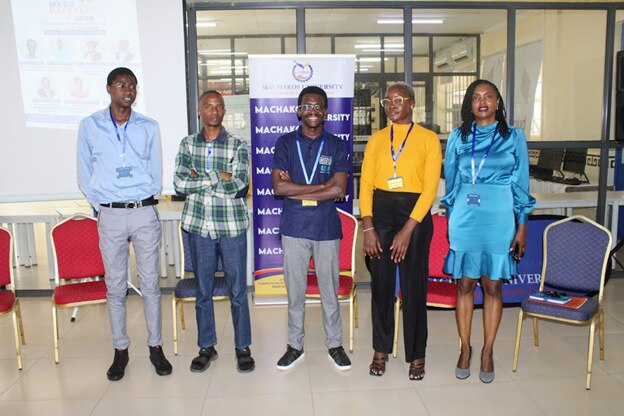
Unveiling the next-generation compilers for safety-critical and high-performance embedded systems
With a long history of creating embedded compilers for safety development at Arm, we understand the importance of stability during minimal changes in updates to ensure reliable and secure software development. To that effect, Paul Black, Director of Product Management, introduced Arm Compiler for Embedded FuSa 6.22LTS, designed for functional safety development in automotive systems, medical devices, and other safety-critical applications. This compiler aims to reduce development costs and risks by providing a TÜV SÜD-certified toolchain, along with a comprehensive Qualification Kit that includes a Development Process report, Safety Manual, and Testing report.
Paul also introduces the Arm Toolchain for Embedded (ATfE), the seventh generation Arm embedded C/C++ cross-compiler, designed to meet the evolving needs of high-performance Arm-based embedded projects.
Boosting Developer Productivity with Arm Development Studio 2024.1
The latest Arm Performance Studio 2024.6 release includes quality-of-life improvements and bug fixes, such as enhanced Frame Advisor visualizations and optimized Streamline’s Timeline view renderer. Peter Harris, Technical Product Director, and Distinguished Engineer highlights these updates and explains how they significantly improve the efficiency and usability of the tool, enabling developers to optimize their software for a wider range of platforms, from embedded devices to servers.
Revolutionizing technical training with Arm’s AI-enhanced learning for partners
Arm has significantly improved its technical training for partners by leveraging AI technologies, including AI-enhanced search capabilities and accurate AI-produced transcripts. Matt Rushton, Director of Product Management, discusses the evolution of Arm’s technical training, highlighting the shift from live, in-person sessions to live virtual and on-demand video training.
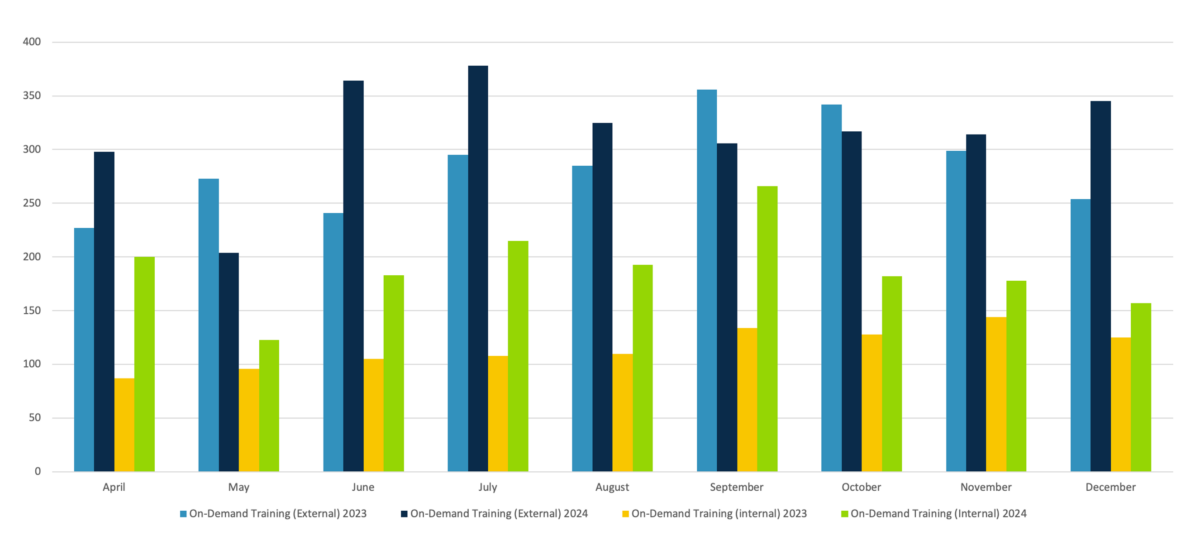
Arm has also expanded access to its on-demand platform, removing fees and lifting user limits for partners, ensuring broader availability of technical training resources.
Using Machine Learning for song translations with Arm
The potential of machine learning (ML) in creative applications is immense as it helps in delivering practical insights when developing and deploying ML models for real-world use cases. Virginia Cangelosi, Graduate Engineer, explores how to create an ML pipeline to translate songs from English to Mandarin in a multi-part blog series. Part 1 covers building the ML pipeline using open-source models, while Part 2 discusses the challenges and solutions for porting this pipeline to Android devices.
Running Llama Models with PyTorch on Arm Servers
KleidiAI has made running Llama 3.1 and 3.2 models with PyTorch more efficient, especially on an Arm-based AWS instance. With Torchchat and Streamlit, the models can be operated through a user-friendly web interface, simplifying your machine-learning workflow.
Gabriel Peterson, Senior ML Engineer, and a Developer Evangelist, guides us through a learning path on how to run a large language model chatbot with PyTorch using KleidiAI on Arm servers.
Streamlining your workflow with Arm Developer Evangelists
Docker Buildx and GitHub Actions workflows automate the creation of multi-architecture Docker images. Avin Zarlez, Staff Software Engineer, helps us learn how to use Docker buildx and GitHub Actions workflows to automate the building of multi-architectural docker images. Inspired by Arm’s Learning Path, this tutorial provides practical insights and leverages example code available on GitHub to streamline your workflow.
In another YouTube video, Avin talks about KubeArchInspect, an open-source tool from Arm, which is designed to automate compatibility checks for Kubernetes containers. This tutorial explains how to use it to analyze images in the source registry and identify available architectures, simplifying the initial steps of migration.
Finally, Avin, Gabriel, and Michael Hall, Principal Software Engineer and Developer Evangelist, present highlights from the latest Learning Paths available on learn.arm.com. These include setting up a virtual large language model (LLM) using Hugging Face, performing sentiment analysis on Arm-based EKS clusters, and quick installation guides for Helm, Docker, and other developer tools.
They also cover creating and training PyTorch models, building an Android app with MediaPipe for facial and gesture recognition, managing development environments with Daytona, deploying .NET apps on Arm-based VMs, and efficiently encoding videos using VVenC H266 on Arm servers.
Any re-use permitted for informational and non-commercial or personal use only.

